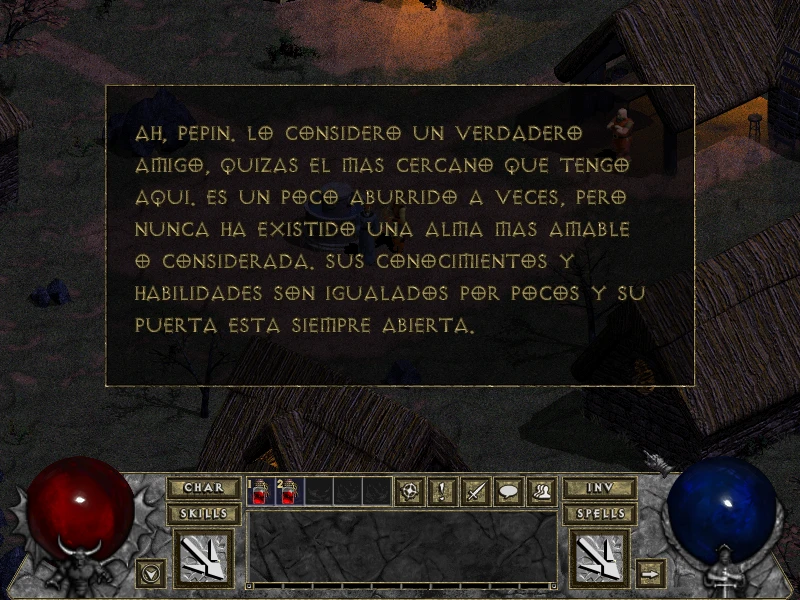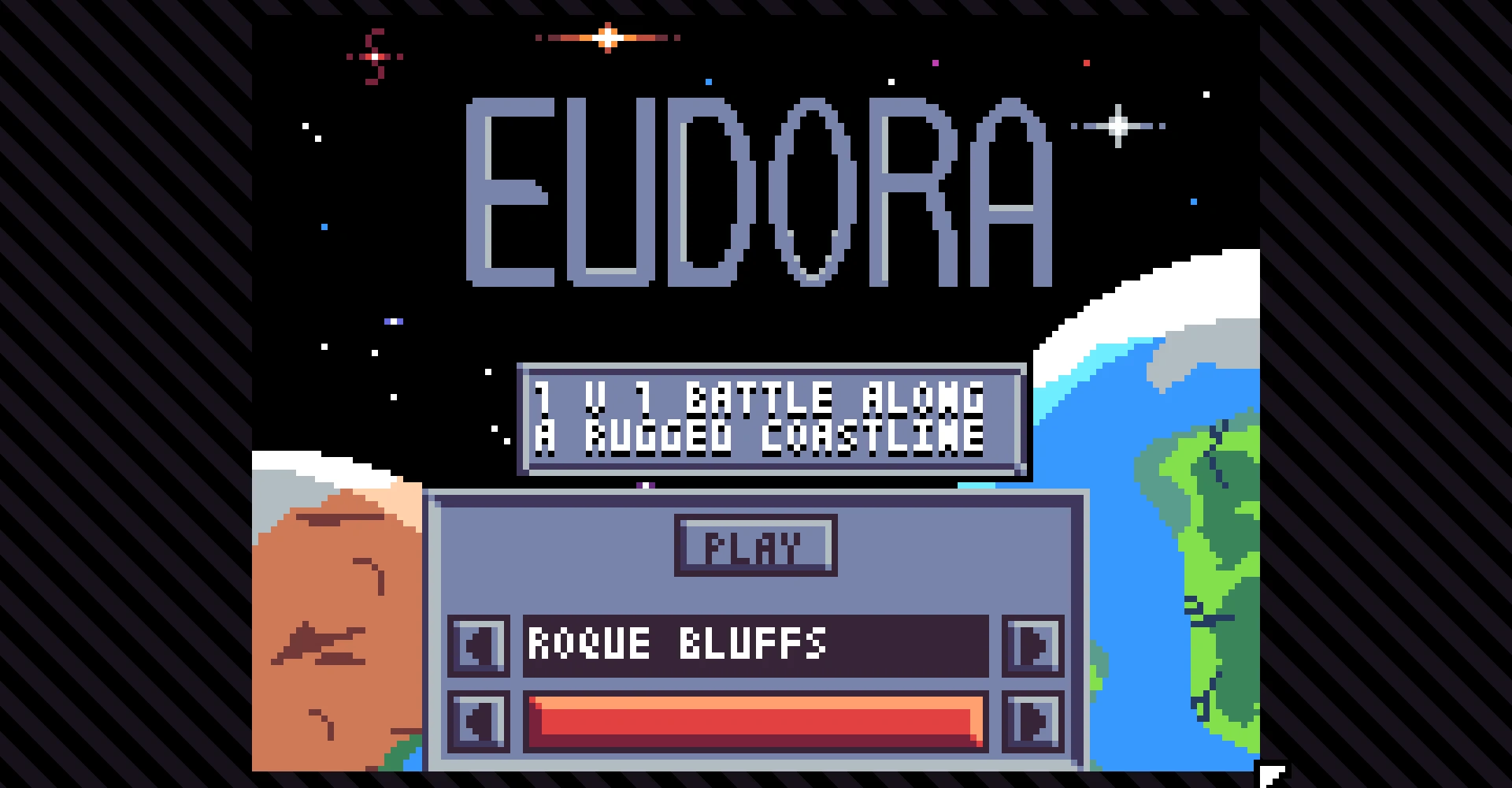
Retro-OST: The 80s. Diving into the Golden Era of Gaming Soundtracks
Collections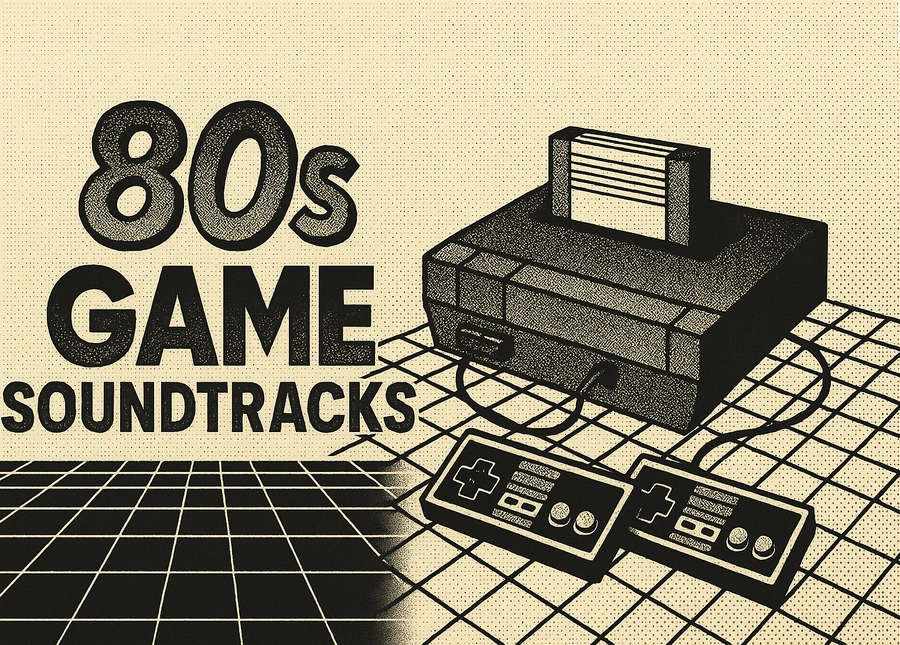
Welcome to a time machine that will transport us straight to the 80s! A decade when gaming consoles were just beginning to conquer hearts, and pixelated worlds came alive accompanied by unique soundtracks. It was during these years that the foundations of what we now call game music were laid. Forget blockbusters with orchestral scores – back then, composers worked with a limited set of bits, creating melodies that forever stuck in our memory.
Get ready for a nostalgic journey through soundscapes that didn't just accompany gameplay, but became legends themselves. From catchy platformer themes to mysterious adventure melodies – we'll remember how Koji Kondo and other pioneers of the game industry transformed humble 8-bit chips into true symphonies. This was an era where every sound, every note was worth its weight in gold, forming the emotional backdrop and creating the unique atmosphere of games we fell in love with from the very first level.
Super Mario Bros. (1985) Soundtrack
The soundtrack was created by the legendary Koji Kondo and is a cornerstone of game music and a global cultural phenomenon. Despite the extremely limited technical capabilities of the NES console, Kondo managed to create incredibly "catchy" and functional compositions that perfectly complemented the gameplay. The main "Ground Theme" (overworld theme) became Mario's calling card: its cheerful, upbeat rhythm pushes the player forward and instantly lifts the mood, remaining one of the most recognizable melodies in history.
Every melody in the game serves an important function: from the mysterious and echo-like "Underground Theme", creating a sense of enclosed space, to the smooth and "bubbly" "Underwater Theme", mimicking underwater movement. The tense "Castle Theme" builds suspense before a boss encounter, and the fast "Starman Theme" instantly signals invincibility. The Super Mario Bros. soundtrack is not just background music; it actively interacts with the player, changing depending on the events on screen and setting the pace for adventures, which made it an eternal example of the perfect fusion of music and gameplay.
The Legend of Zelda (1986) Soundtrack
The soundtrack to The Legend of Zelda, also composed by Koji Kondo, is another masterpiece that defined the sound of adventure games. Unlike the cheerful and lively Mario, Zelda's music immerses the player in a world of mystery, exploration, and epic adventures. The main "Overworld Theme" became instantly recognizable and iconic: its heroic, yet slightly melancholic motifs perfectly convey the sense of a vast world full of dangers and hidden treasures, encouraging the player to explore every corner of Hyrule.
Kondo masterfully used the limited capabilities of the NES to create diverse and atmospheric compositions. The dungeon theme, for example, sounds tense and claustrophobic, enhancing the sense of danger and the unknown as Link descends into dark labyrinths. Musical transitions between different locations and events were thoughtfully designed to seamlessly integrate with the gameplay, enhancing the player's emotional experience. The Zelda soundtrack does not merely accompany the game; it is an integral part of its atmosphere and one of the key elements that made this series so beloved and influential.
Tetris (1989) Soundtrack
The soundtrack to Tetris is arguably one of the most recognizable in video game history, though its origin differs from most original game compositions. The main and most famous melody associated with the game is "Korobeiniki", a 19th-century Russian folk song. It became the leitmotif in the 1989 Game Boy version of the game, which made Tetris a global hit and forever cemented this melody in the minds of millions of players. The simplicity and repetitive nature of this composition perfectly complement the addictive gameplay of Tetris, creating an almost hypnotic effect that makes you want to keep playing "just a little more."
In addition to "Korobeiniki" (known as "Music A" in the game), many versions of Tetris also included other classical works or original compositions. Nevertheless, it was the Russian folk melody that became synonymous with the game, transforming into a cultural phenomenon. Its infectious rhythm and recognizability made it one of the most successful examples of how licensed or adapted music can become just as, if not more, iconic than original soundtracks specifically written for games. The Tetris soundtrack proves that sometimes the simplest and most time-tested melodies can have the deepest and most lasting impact.
Castlevania Soundtrack (1986)
The soundtrack to Castlevania for NES, created by composer Kinuyo Yamashita (though Satoshi Fukuda is also often credited), instantly immerses players in the dark and gothic atmosphere of Transylvanian castles. The music here is not just background; it is an integral part of the eerie yet heroic narrative, perfectly conveying a sense of danger and adventure. The compositions are characterized by their energy, complex melodic lines, and the use of bass parts, which was quite innovative for 8-bit games of that era.
Tracks like "Vampire Killer" and "Bloody Tears" (though "Bloody Tears" appeared in Castlevania II: Simon's Quest, its spirit and style were already felt in the first game) stand out particularly. These melodies became a hallmark of the series: they combine elements of classical gothic music with a driving arcade style, creating a unique combat mood. The Castlevania soundtrack not only laid the groundwork for subsequent, equally iconic OSTs in the series but also greatly influenced the platformer and action game genres, proving that 8-bit music can be deep, memorable, and powerful.
Castlevania II: Simon's Quest (1987) Soundtrack
The soundtrack to Castlevania II: Simon's Quest, primarily composed by Kenichi Matsubara and Satoe Terashima, continues the gothic traditions of the first game but introduces new, more dramatic and emotional notes, reflecting changes in gameplay. Unlike the linear action of the original, Simon's Quest was more of an adventure game with RPG elements, and the music perfectly underscores this. The main star of this game's OST is, without a doubt, "Bloody Tears." This track became one of the most iconic in the Castlevania series, appearing in numerous remixes and arrangements in subsequent games. Its intense rhythm, memorable melody, and sense of urgency perfectly convey Simon Belmont's struggle against Dracula's curse.
In addition to "Bloody Tears," the soundtrack also includes other outstanding compositions, such as "The Silence of Daylight" (town theme), which gives the game a sense of solitude and hope amidst ruin, or "Monster Dance" (night theme), creating a more ominous and dangerous atmosphere. The music in Simon's Quest not only highlights the game's day and night cycles but also enhances the sense of exploration and mystery inherent in this installment. Although the game itself received mixed reviews due to its nonlinear design and cryptic clues, its musical score is universally recognized as one of the best and most influential in the 8-bit era, becoming a source of inspiration for many future game soundtracks.
Castlevania III: Dracula's Curse (1989) Soundtrack
The soundtrack to Castlevania III: Dracula's Curse is not just one of the best in the 8-bit era, but also an absolute cult classic among series fans. Composers Hitoshi Sakimoto and Aki Igarashi (working under pseudonyms) utilized the improved sound capabilities (especially the Japanese Famicom version with its extra VRC6 sound chip) to create even more complex, dynamic, and epic gothic melodies. This allowed them to significantly expand the sound palette, adding new timbres and bass lines that made the music incredibly rich and powerful.
Tracks like "Beginning" (a re-arranged, more dramatic version of the classic theme from the first game) and "Mad Forest" became instantly recognizable and beloved. The music in Castlevania III perfectly underlines the game's dark atmosphere, Trevor Belmont's heroic struggle and his companions against Dracula's forces, and the epic scale of the adventure. This soundtrack not only solidified the series' reputation as a leader in game music but also demonstrated what the 8-bit platform was capable of in the hands of talented composers.
Metroid (1986) Soundtrack
The soundtrack to Metroid (1986) for NES, created by Hirokazu Tanaka, was a true breakthrough in 80s game music, significantly differing from the more cheerful and energetic themes of that time. Instead of traditional melodies, Tanaka focused on creating an atmosphere of solitude, mystery, and even slight discomfort, which perfectly matched the concept of exploring the alien and hostile planet Zebes. The music here doesn't just accompany the gameplay; it immerses the player in a world where every step could be the last, and the feeling of isolation intensifies with each new zone.
Compositions like "Brinstar" and "Norfair" became iconic due to their unusual-for-the-8-bit-era sound, which was more ambient and minimalist. They used the limited sound capabilities of the NES to create deep, resonating bass lines and unsettling harmonies, evoking a sense of the unknown and danger. The Metroid soundtrack not only helped define the "Metroidvania" genre but also proved that game music can be a powerful tool for creating complex atmosphere and emotional impact, going beyond simple "fun" melodies.
Mega Man 2 (1988) Soundtrack
The soundtrack to Mega Man 2 for NES, created by Takashi Tateishi, is rightly considered one of the greatest in 8-bit music history and is a benchmark for many game composers. The music here is not just background; it is inextricably linked to the gameplay and level design, enhancing the dynamism and unique character of each Robot Master. Tateishi managed to create incredibly energetic, melodic, and instantly memorable themes that perfectly matched the fast-paced platforming and intense battles.
Compositions like the iconic "Dr. Wily's Castle Stage 1", "Flash Man," or "Wood Man" became legendary due to their complex structures, driving rhythms, and astonishing emotional depth, achieved despite the technical limitations of the console. The Mega Man 2 soundtrack demonstrated how 8-bit chips could produce full-fledged, dynamic, and inspiring musical works, forever solidifying the game's status as not only a gameplay icon but also a musical icon.
Contra (1987) Soundtrack
The music for Contra, both in the arcade version and especially in the legendary NES version (composer Kazuki Fukunaga), was as intense and adrenaline-fueled as the game itself. This soundtrack became synonymous with hardcore shooters, where every movement and shot counted. High-octane, driving tracks like "Jungle" or "Base" instantly set a frantic pace and emphasized the non-stop action.
Contra's compositions never let you relax for a second, perfectly conveying a sense of urgency and constant danger. By using powerful bass lines and memorable melodic "hooks," the soundtrack managed to create an epic atmosphere of war and survival, remaining one of the most influential examples of action music in the 8-bit era.
Ninja Gaiden (1988) Soundtrack
The soundtrack to Ninja Gaiden, created by Hiromichi Kadono and Ryoichi Naka (often credited collectively or with others), stood out for its darkness, epic scope, and surprising cinematic quality for a game of that era. The music didn't just accompany Ryu Hayabusa's adventures; it amplified the drama of the story, the brutality of the ninja world, and the protagonist's personal tragedy, creating a very strong emotional immersion. The tracks were dynamic, often shifting mood from intense combat to moments of despair.
Ninja Gaiden's compositions used 8-bit sound to create rich, multi-layered melodies that underscored the game's high difficulty and unique style. This soundtrack became one of the clearest examples of how music can elevate a game's narrative to a new level, making it deeper and more memorable.
Mike Tyson's Punch-Out!! (1987) Soundtrack
The soundtrack to Mike Tyson's Punch-Out!!, composed by Ken Kishi and Akira Fujiwara, was filled with humor, charisma, and an indomitable boxing spirit. Instead of traditional epic themes, the music here was light, amusing, and very melodic, perfectly conveying the eccentricities of each of Little Mac's opponents. Memorable themes for each boxer, such as Don Flamenco or King Hippo, gave them unique personalities that players still remember today.
Moments like the music during the training montage particularly stood out, inspiring victories. This soundtrack proved that game music doesn't always have to be serious; it can be fun and energetic, perfectly complementing the gameplay and making each character even more memorable.
Dragon Quest (1986) Soundtrack
The soundtrack to Dragon Quest, composed by the renowned Koichi Sugiyama, laid the groundwork for all music in the JRPG genre. Despite the limitations of 8-bit graphics and sound, his compositions possessed a grand, almost orchestral sound that was unprecedented for its time. Sugiyama, with his experience in writing music for anime and films, brought a sense of epic scale, magic, and adventure to the game that was palpable in every note.
Themes of world exploration, monster battles, and encounters with royalty were crafted with incredible attention to detail, creating a deep immersion in the fantasy world. The Dragon Quest soundtrack not only became a symbol of the beginning of the JRPG era but also inspired an entire generation of composers, showing how even with minimal resources, something truly grand and emotional could be created.
Ghosts 'n Goblins (1985) Soundtrack
The soundtrack to Ghosts 'n Goblins, created by Ayumi Hamada, was as unforgettable and iconic as the game itself, known for its incredible difficulty. The music here was filled with a gothic atmosphere, heroic motifs, and a sense of despair, perfectly conveying the torment of Sir Arthur in his perilous journey through hordes of the undead. The compositions were both solemn and eerie, with an emphasis on fast tempos and unsettling harmonies that kept the player in constant tension.
Tracks like "Graveyard" or "Forest" became instantly recognizable, bringing to mind not only the game's difficulty but also its unique, dark aesthetic. The Ghosts 'n Goblins soundtrack proved that even in the most challenging games, music can be a powerful motivator, pushing the player to return again and again to overcome unimaginable trials.
Bubble Bobble (1986) Soundtrack
The soundtrack to Bubble Bobble, composed by Tadayuki Ishiguro, is one of the most positive, cheerful, and incredibly "catchy" in 8-bit gaming history. The game's main theme, recurring throughout most levels, became iconic due to its simple yet infectious melody that instantly brings a smile and makes you want to dance. This music perfectly matched the charm and lightheartedness of the adventures of the little dinosaurs Bub and Bob.
The Bubble Bobble melody is so ingrained in memory that it's impossible to forget. It's an excellent example of how simple yet masterfully crafted music can enhance the enjoyment of gameplay and create a unique, joyful atmosphere, making the game truly unforgettable.
Conclusion
Thus, the golden era of the 80s in the gaming industry gave us not only revolutionary gameplay and memorable characters but also unsurpassed soundtracks. These melodies, created under technical limitations, became true works of art, proving that true talent can overcome any barriers. They shaped our perception of game music, laid the foundation for its development, and remained forever in the hearts of millions of players, continuing to inspire new generations. Each of these OSTs is a separate story, told through sounds, that still resonates in our memory.
Recommended Files
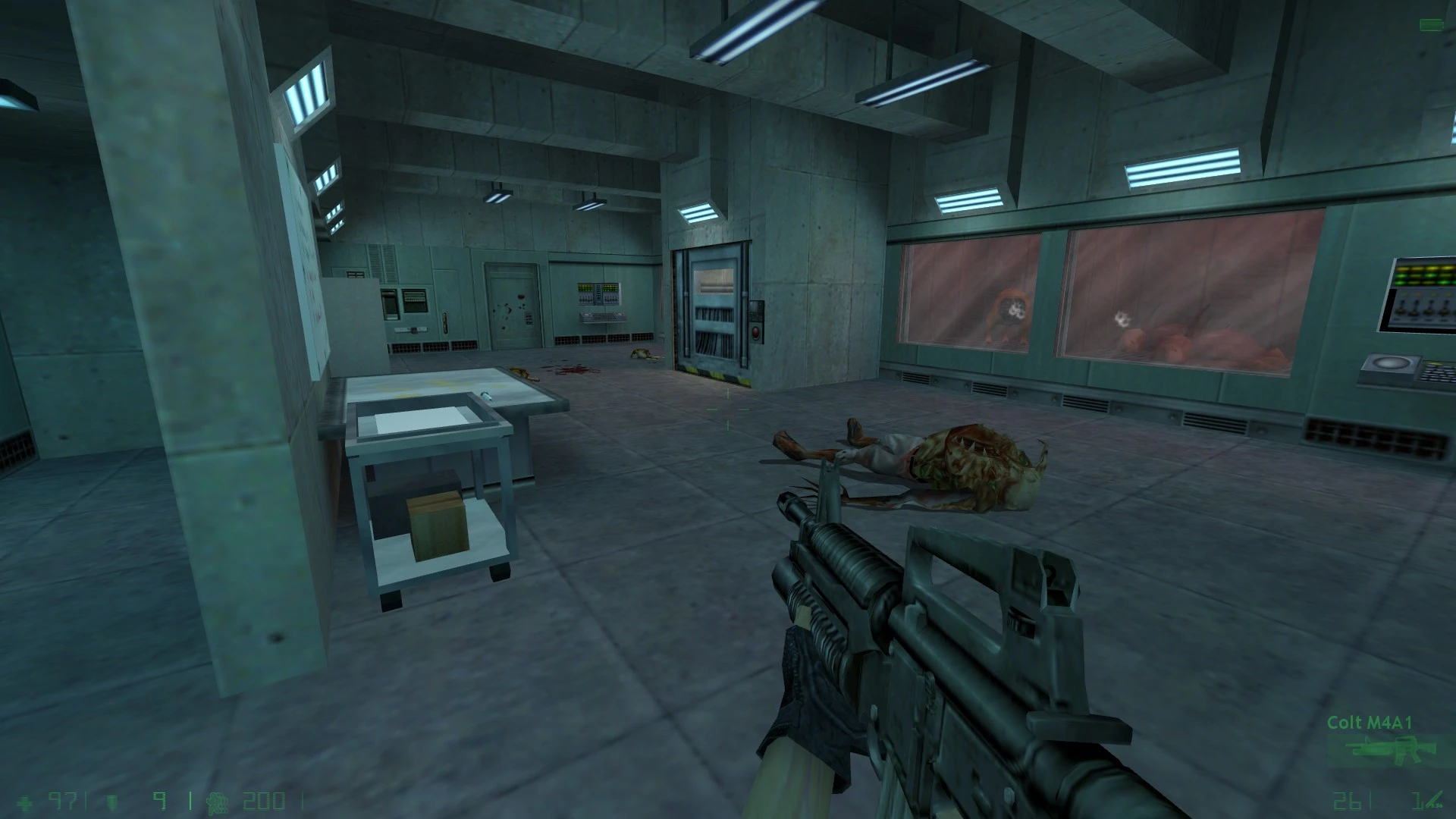
Opposing Force: EnlightenedHalf-Life (1998)
Opposing Force: Enlightened - a mod for Half-Life: Opposing Force that adds a lot of new weapons, improves lighting, effects, and atmosphere of the original campaign, making it visually more modern without changing the storyline.
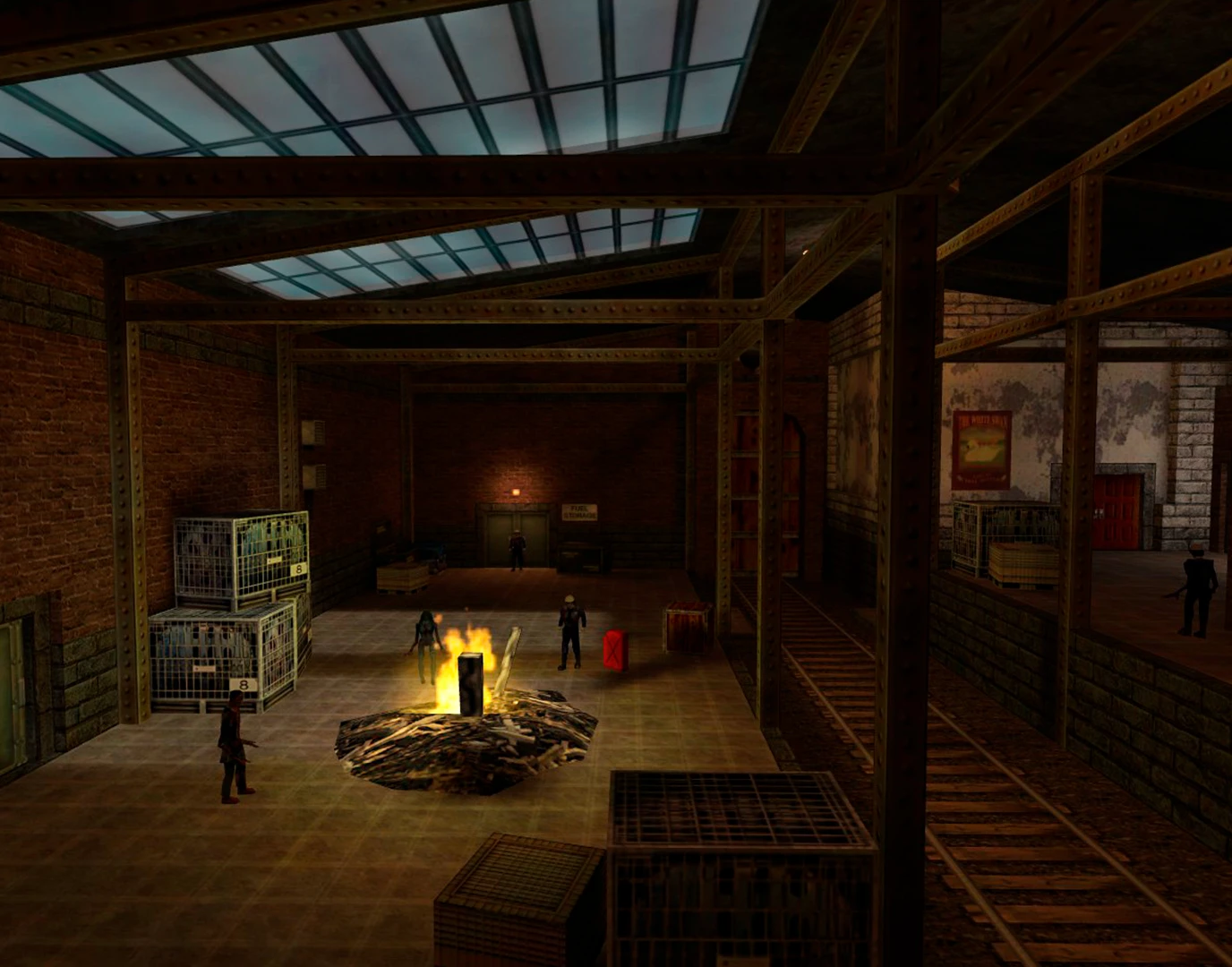
They Hunger: RebuildHalf-Life (1998)
They Hunger: Rebuild is a mod aimed at completely rebuilding the original They Hunger, gradually expanding old locations and adding new content.

Absoulute Redemption - Super Defintion PackHalf-Life (1998)
Absolute Redemption - Super Definition Pack — enhanced texture pack based on other work and designed for the Absolute Redemption mod.
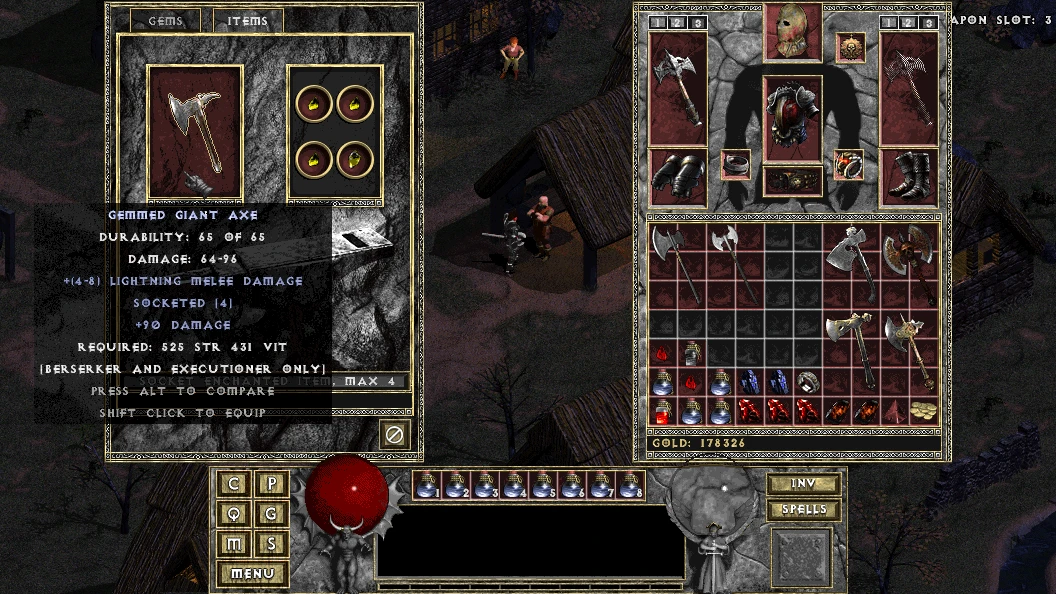
Diablo: The Hell 4Diablo (1996)
Diablo: The Hell 4 is the fourth entry in the The Hell mod series – a complete overhaul of the original Diablo. It features additional fixes, new content, new features, new game modes, and new classes.
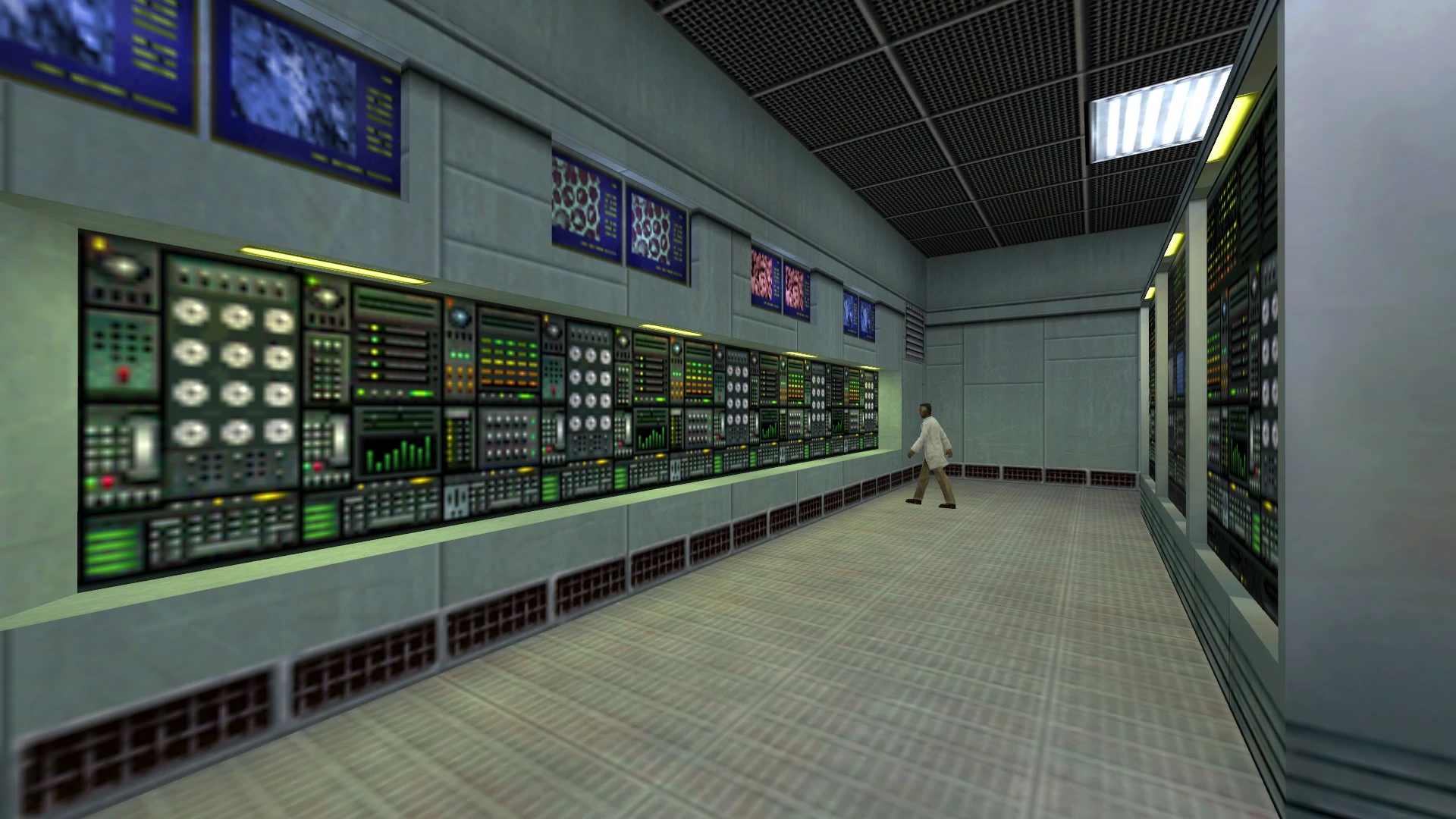
Half-Life: DreamcastHalf-Life (1998)
Half-Life: Dreamcast — a PC port of the unreleased Half-Life version for the Sega Dreamcast console. This version differs from the original and the later PlayStation 2 adaptation: it features modified levels, unique NPCs and objects not found in other editions, altered difficulty levels, and numerous hidden references to Dreamcast.
